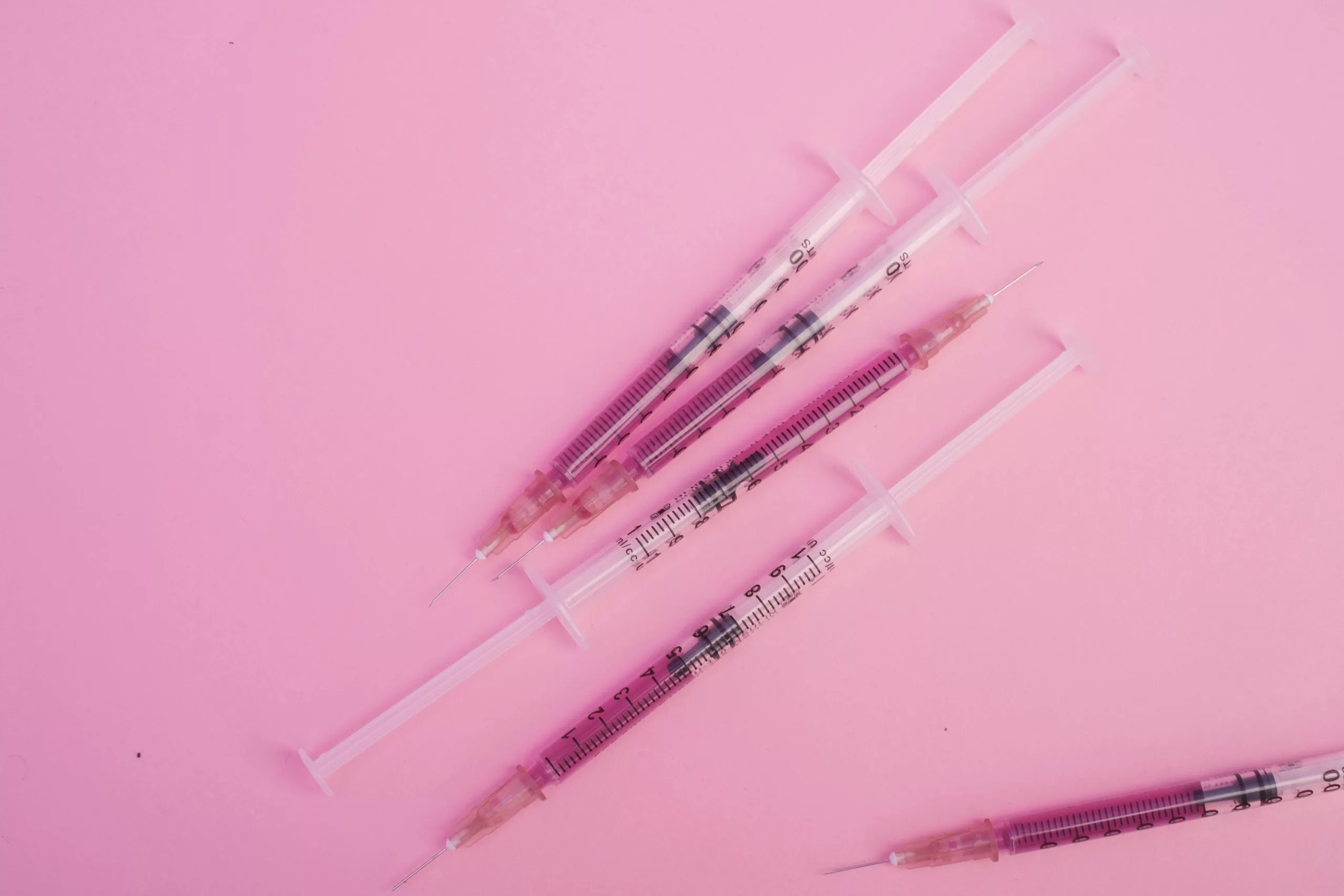7 Botox Danger Zones to Avoid
Botox has become the go-to solution for smoothing wrinkles and reducing fine lines. In fact, our experienced providers perform over 1,800 Botox treatments each month! However, while Botox is generally safe and effective when administered correctly, there are certain areas where injections can lead to unwanted side effects or complications.
We aren’t trying to scare you, promise! We just want to make you aware of these risks before you schedule your Botox treatment. From avoiding the dreaded “frozen face” to steering clear of nerve damage, knowing where not to inject Botox can make all the difference in your results.
What is a Botox Danger Zone?
A Botox danger zone refers to specific areas on the face and neck where Botox injections should be administered with extra caution to avoid adverse effects. Danger zones are characterized by the proximity of critical nerves, blood vessels, or muscles that, if affected, can lead to complications such as asymmetry, drooping eyelids, or difficulty swallowing.
Our Botox injectors are highly trained and are experts in facial anatomy and advanced injection techniques. They undergo rigorous training, including hands-on experience and continuous education on the latest products, best practices, and safety protocols. Our team prioritizes safety with the goal of achieving natural-looking results while minimizing the risk of complications.
Understanding Botox danger zones is crucial for both providers and patients! By being aware of these sensitive areas, both parties can work together to minimize risks and enhance the overall safety and effectiveness of Botox treatments.
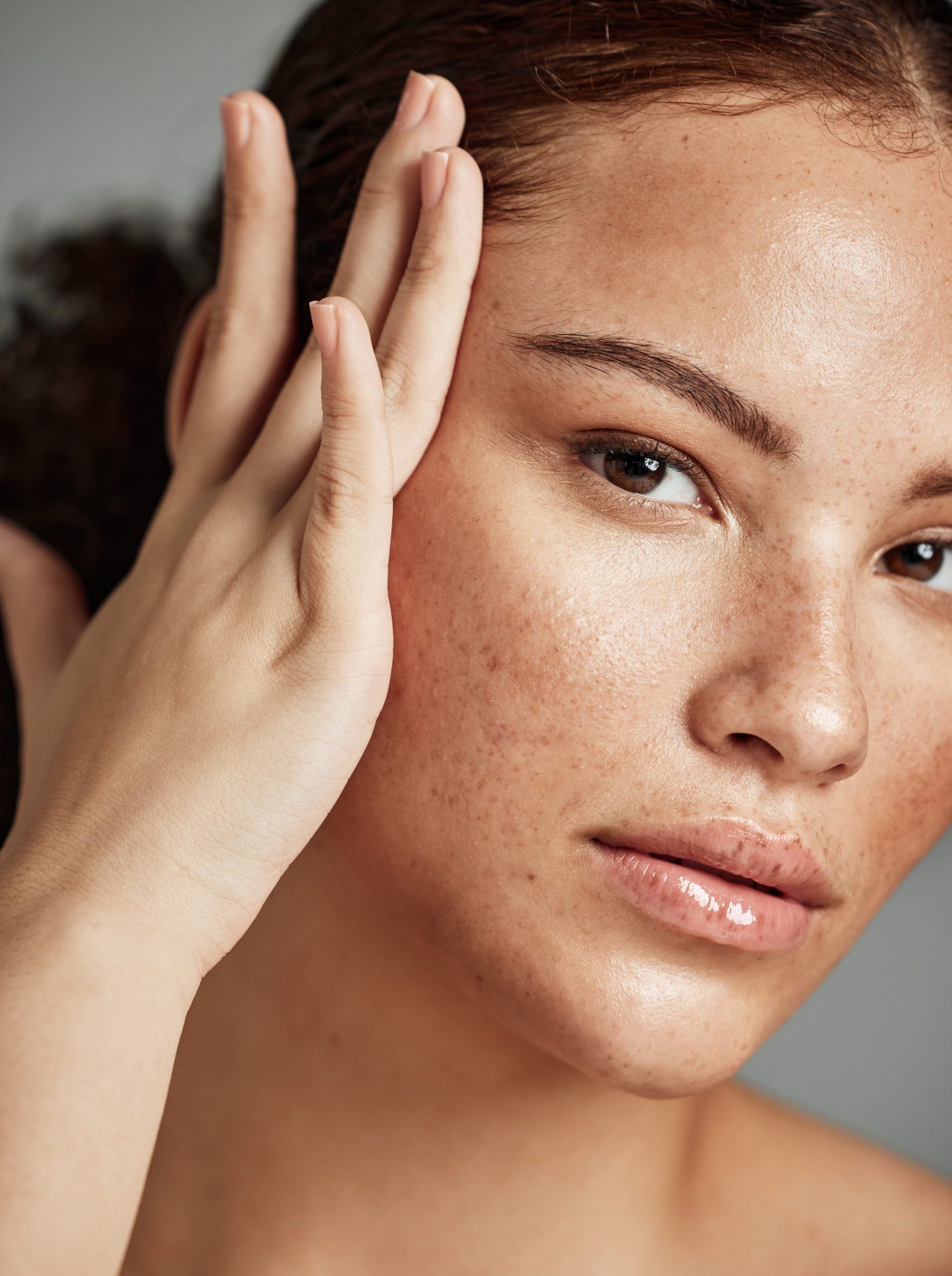
7 Botox Danger Zones: Where Not to Inject Botox
1) Forehead
Let’s start with the forehead. While this is one of the most popular areas to treat with Botox, the overuse of Botox in the forehead can lead to a flat or overly smooth appearance, often referred to as the “frozen” look. When too much Botox is used in the forehead, it can overly relax the muscles, leading to a lack of natural movement and expression.
In severe cases, excessive Botox in the forehead can increase the heaviness of the upper eyelids, causing them to become hooded. This happens because the forehead muscles, which normally help lift the eyebrows and eyelids, are too relaxed to perform their function. As a result, the weight of the upper eyelids is no longer adequately supported, leading to a drooping or hooded appearance.
2) Between the Eyebrows (Glabellar Region)
The second Botox danger zone is between the eyebrows, or the Glabellar region. The most common concern with this area is asymmetry where one eyebrow appears higher or lower than the other. This can happen if Botox is unevenly distributed into the wrong muscles. Over-treating the Glabellar region can also lead to “heavy” or drooping of the brows, commonly referred to as brow ptosis.
To achieve natural-looking results while minimizing risks, be sure to choose a skilled professional to administer your Botox treatment. If you’re new to Botox, a tip for a safe treatment would be to start conservatively. Try a lower number of units and see how you respond – you can always add more!
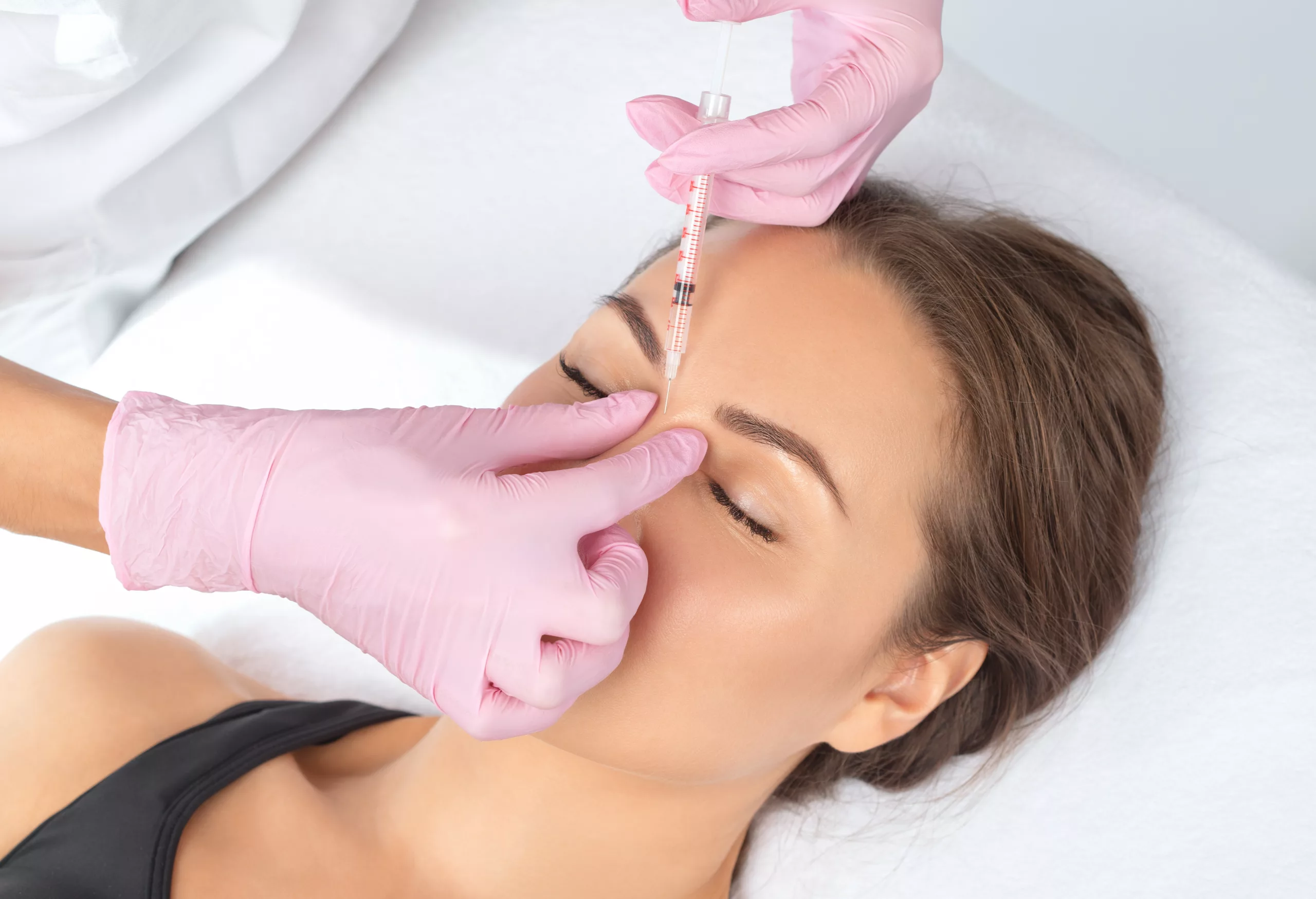
3) Around the Mouth (Perioral Region)
Another Botox danger zone is around the mouth, or the Perioral region. Injecting Botox into this area can impact facial function and expression due to its ability to temporarily paralyze targeted muscles. This can lead to difficulty speaking clearly, forming natural smiles, or expressing emotions. For example, some patients experience problems puckering their lips or smiling broadly. In addition to affecting facial movement, Botox injections around the mouth can also lead to temporary drooling.
These side effects sound scary, we get it! It’s essential to consult with a skilled injector before your treatment so they can tailor your treatment to achieve your goals while also preserving natural facial movements and functions. Don’t be afraid to communicate your concerns with your provider! They have the education and expertise to give you peace of mind that you’re in safe hands.
4) Around The Eyes (Periorbital Area)
Injecting Botox around the eyes, particularly near the eyelids, carries inherent risks due to the proximity of delicate muscles and nerves that control eyelid movement and eye function. One significant risk is the development of drooping eyelids, medically known as ptosis. This occurs when Botox spreads to the muscles responsible for lifting the eyelids (levator palpebrae superioris muscle), causing them to weaken temporarily. As a result, the affected eyelid(s) may appear lower than normal, affecting both appearance and vision. Additionally, improper placement or dosage of Botox in these areas may lead to temporary weakness or imbalance in these muscles, causing symptoms like double vision or difficulty focusing.
5) Nose (Nasalis Muscle)
One primary concern with injecting Botox around the nose is the potential impact on breathing patterns. The nasalis muscle plays a role in nasal airflow and nostril movement. Excessive Botox in this area can weaken the muscle, potentially affecting the ability to flare the nostrils or adjust nasal airflow, especially during physical exertion or emotional expressions. This can lead to a sensation of nasal congestion or difficulty breathing through the nose temporarily. In addition to affecting breathing, Botox around the nose can also impact the ability to scrunch or flare the nose.
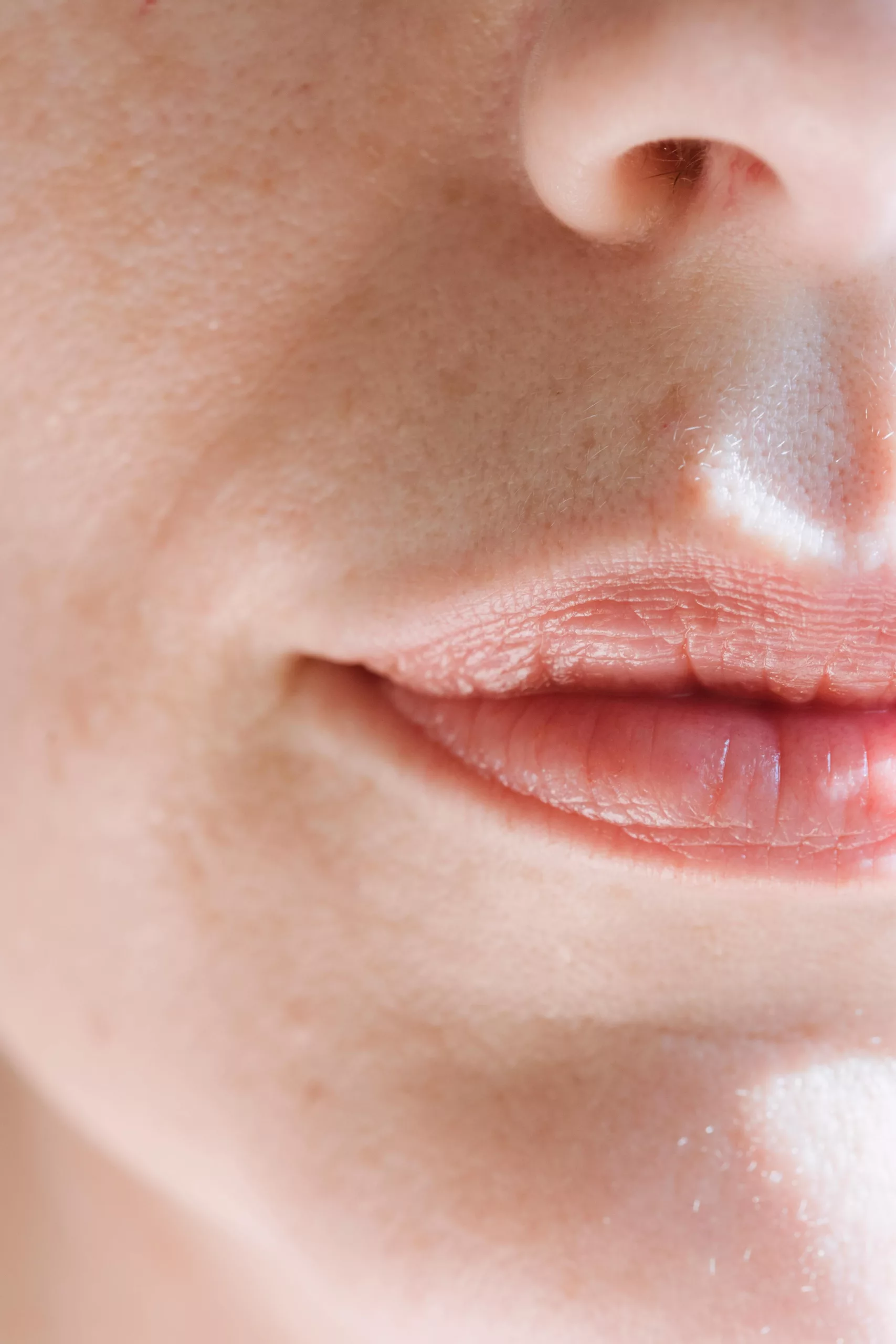
6) Neck (Platysmal Bands)
The sixth Botox danger zone is the neck, or platysmal bands. The platysma muscles are thin, sheet-like muscles that extend from the chest and shoulder up to the jaw and lower face. They help with various movements of the neck, such as turning and tilting, as well as assist in swallowing. When Botox is injected into the platysma muscles, it temporarily weakens their ability to contract. This can lead to potential outcomes including difficulty swallowing, neck weakness, and changes in neck contour.
To minimize these risks, it is crucial to select a skilled injector who has expertise in facial anatomy and the specific nuances of neck musculature. They will carefully assess each patient’s anatomy, use precise injection techniques, and administer conservative doses of Botox tailored to achieve desired cosmetic results while preserving natural function.
7) Jawline (Masseter Muscles)
While jaw or masseter Botox has increased in popularity, there are some risks you should be aware of before scheduling your treatment. Masseter muscles are responsible for chewing and clenching the jaw, and play a significant role in jaw movement. Using Botox to reduce muscle activity in this area can cause difficulty in chewing and asymmetric appearance of the jawline.

How to Get Botox Treatment Safely
While Botox injections carry potential risks if not administered by a skilled professional, they are generally considered safe and effective when performed by a qualified injector. Botox has been extensively studied and used for decades in cosmetic and medical applications, earning approval from regulatory bodies worldwide for its safety profile when used appropriately.
The key to safe Botox treatments lies in choosing a licensed and experienced provider who understands facial anatomy and uses advanced injection techniques. A skilled injector will start with a thorough consultation to discuss your goals and concerns, and tailor the treatment to your unique facial structure. By sticking to best practices and guidelines, patients can confidently enjoy the rejuvenating benefits of Botox with minimal risk of complications.
The following steps are important to ensure a safe treatment:
1) Choose a Qualified Provider
Having your Botox treatment performed by a qualified provider is the key to ensuring both safety and optimal results. A skilled injector with specialized training and experience in facial aesthetics and the precise techniques required for natural-looking Botox results. They also prioritize patient education, discussing potential risks and benefits upfront, and setting realistic expectations for each treatment.
The Skin Center is a Top Botox Provider in the nation. As an industry leader for over 40 years, we have helped define the standards of excellence for Botox. Our expert clinicians are under the direct guidance of a team of board-certified physicians with specialized training in aesthetics. Our team of expert providers have excellent training, judgment, precision, and the expertise to provide natural-looking Botox injections that often surpass expectations.
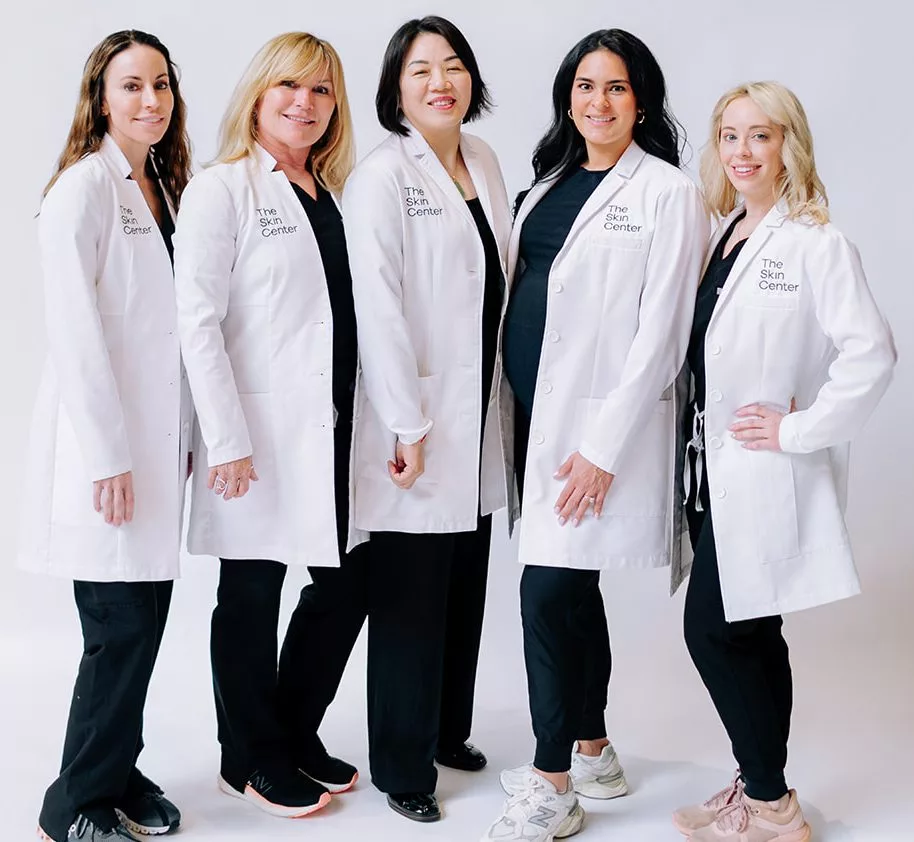
2) Precise Injection Placement
Achieving successful Botox treatment depends significantly on the correct injection technique and precise placement of the injections, particularly to avoid the danger zones listed above. By using advanced injection techniques, qualified providers can ensure that Botox is delivered precisely into the intended muscles while minimizing the risk of unintended side effects.
3) Get The Proper Dosage
The correct dosage of Botox is crucial for ensuring both safety and effectiveness in cosmetic treatments. Botox works by temporarily blocking nerve signals to targeted muscles, which relaxes them and reduces the appearance of wrinkles or achieves desired facial contouring. However, getting the dosage wrong can lead to various side effects and undesirable outcomes including frozen appearance, facial asymmetry, and functional impairments.
It is essential to have a qualified professional determine the correct dosage of Botox based on thorough consultation and understanding of the patient’s facial anatomy and goals. Experienced injectors consider factors such as muscle strength, skin thickness, and desired outcomes to tailor treatment plans accordingly. They start with conservative doses and may adjust based on individual response.
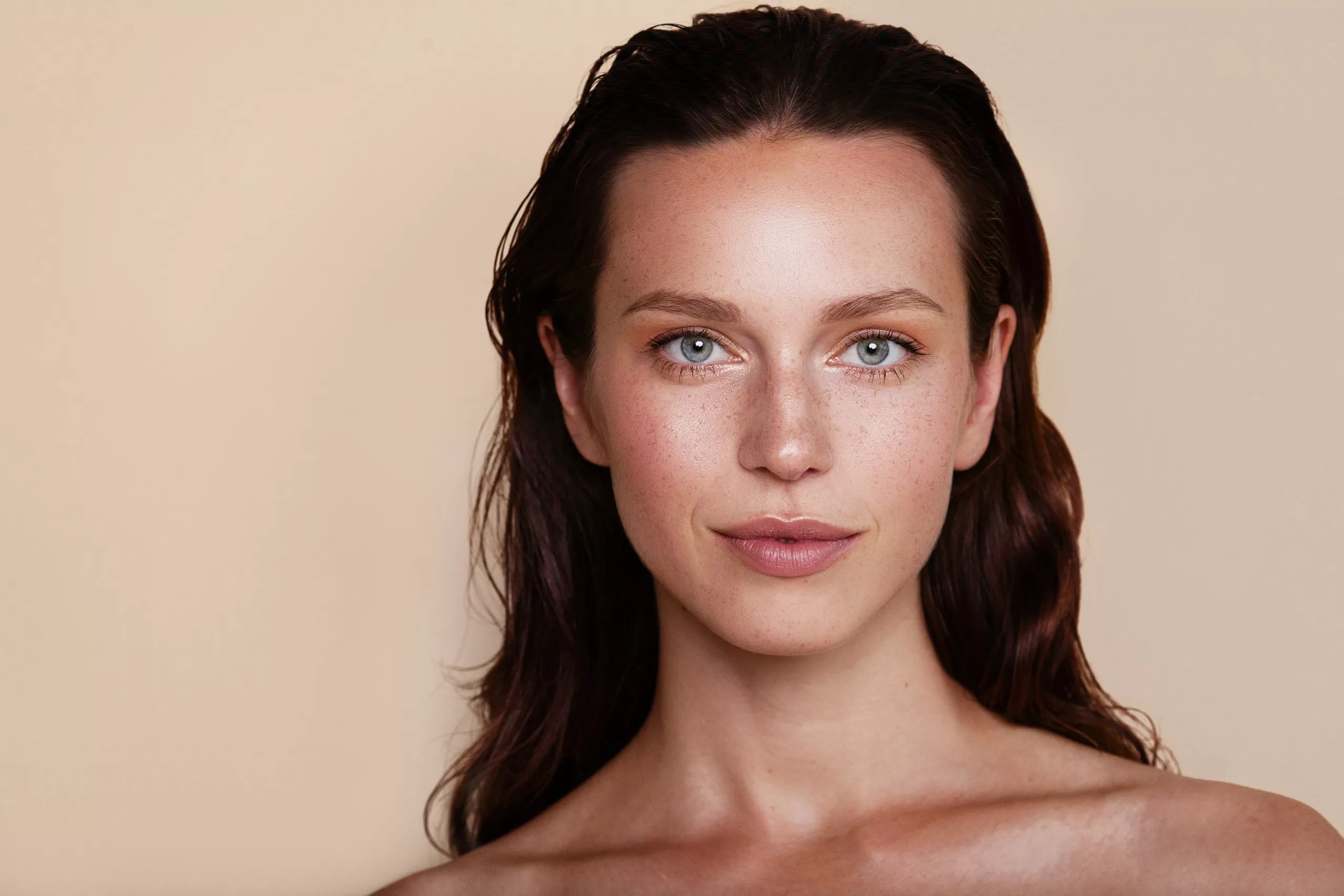
Botox FAQs
Where should Botox never be injected?
Botox should never be injected in certain areas where its effects can lead to serious complications or adverse outcomes including the eye area, deep facial muscles, inside the mouth, and large muscles in the body.
What is the safest area to get Botox?
The safest areas to get Botox injections are typically those where the muscles are relatively small and superficially located, minimizing the risk of complications including the forehead, between the eyebrows, crow’s feet, jawline, and chin.
What is the biggest risk of Botox?
The biggest risk of Botox is unintended paralysis or weakening of muscles, which can lead to temporary or even permanent functional impairments if not administered correctly.
